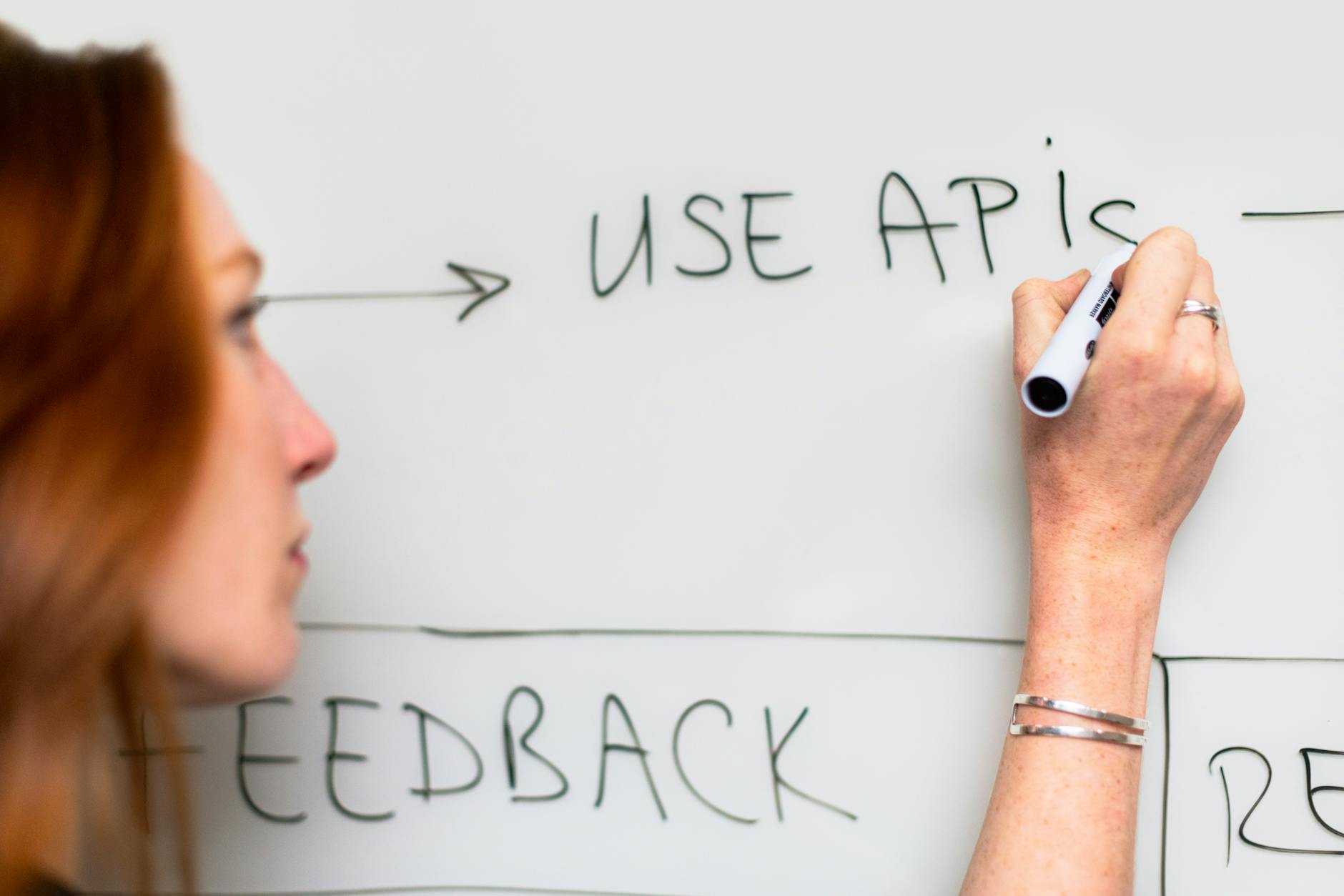

APIs – Application Programming Interfaces – have made life easier for web and app developers. With the inclusion of API technology in their websites or mobile applications, developers manage to save time and effort that would otherwise have to spend developing them from scratch. Not only is it resourceful and less expensive, but using APIs is more convenient in terms of functionality as well.
What is an API?
To put it simply, an API uses software, operating systems, or databases that are not locally located in your web server but are available elsewhere. An API, although integrated on your website or app, will run on the server it is located on, and will only provide you with the necessary functionalities. It is sort of like UBER; they do not own any cars, but simply use the ones others have to run their business.
APIs in the Past
Modern APIs are quite advanced. However, things were not so a few years back. APIs entered the scene in the late 1990s and were mostly used to facilitate better e-commerce services. Later around 2006-7, APIs were being integrated into social media sites like Facebook and Twitter. In the next few years, this technology went through a lot of development, and it eventually reached the stage it is in today.
Revamped with other modern technologies like artificial intelligence, data science, and machine learning, APIs at present can do much more than they were capable of a decade ago. And in this article, we will see how APIs have evolved over the years, and what more we can expect from them in the future.
Functionalities
In the past, APIs were somewhat static and slow. That means although they could fetch information from host servers, and even update them as necessary, they could not do so in real-time. That has changed in the present.
APIs are more dynamic and smarter than ever before. Even a free weather API at present can fetch accurate weather data in real-time from weather stations, and provide weather forecasts as well as keep users informed about the air quality.
Apart from delivering the latest weather forecast news, these weather APIs can provide users with additional information, such as air quality, pollen spread, severe weather alerts, etc. It helps users to decide things like what to wear, how to drive, where not to go, when to exercise, and many other day-to-day decisions. All of it is possible because of AI and machine learning integrated into the APIs systems.
Purpose
The purpose of an API has changed from merely sending and retrieving information, to helping users understand that information much better, as evident in the last section. No longer is it just about the visuals. APIs are more than just a calendar or a clock fixed on one side of a webpage. They now serve more dynamic purposes and deliver users valuable information and functionalities.
Compared to the past, APIs are more purpose-driven than ever before. From payment gateways and weather APIs to subscription and social media APIs, all of them perform important tasks wherever they are incorporated in.
Security
API security in the past was almost non-existent since there was not much to protect. At present, however, they deal with a lot of data related to people as well as financial transactions. They are also some of the most targeted pieces of technology at present. Hence, API security in the modern day is of vital importance.
Cloud-based API security is very popular these days. On-premise and hybrid deployments are also common practices in API security. Besides, cyber security experts now use AI as a way to understand API traffic so that they can block any sort of malicious activity. That is why you will notice your credit card being declined whenever you move to a different state or location from your primary usage point.
What Does the Future Hold?
As time passes, we can expect a better API experience on handheld devices. Thanks to HTTP3, data packets will receive better network support, thereby enabling developers to incorporate more APIs on mobile apps.
With the inclusion of AI and data-driven technology, event-based API services can tackle more complex problems and requests. That means APIs will no longer have to rely on traditional if-else conditions and can work with data in the background to provide more thoughtful, even human-like solutions.
Another change that might gain popularity in the future is standardizing APIs to fit all sorts of screens and devices. That way, the same API, with the same interface and functionalities, can be used across multiple platforms. Be it your desktop or smartphone, or your TV or PlayStation, cross-platform adaptability is bound to happen once APIs are industrialized.
Apart from all this, we can expect a lot more from these small but vital programs. APIs will keep evolving, in most cases for the better. And only time can tell how far we can go with this piece of technology, and what more we can do with it.






